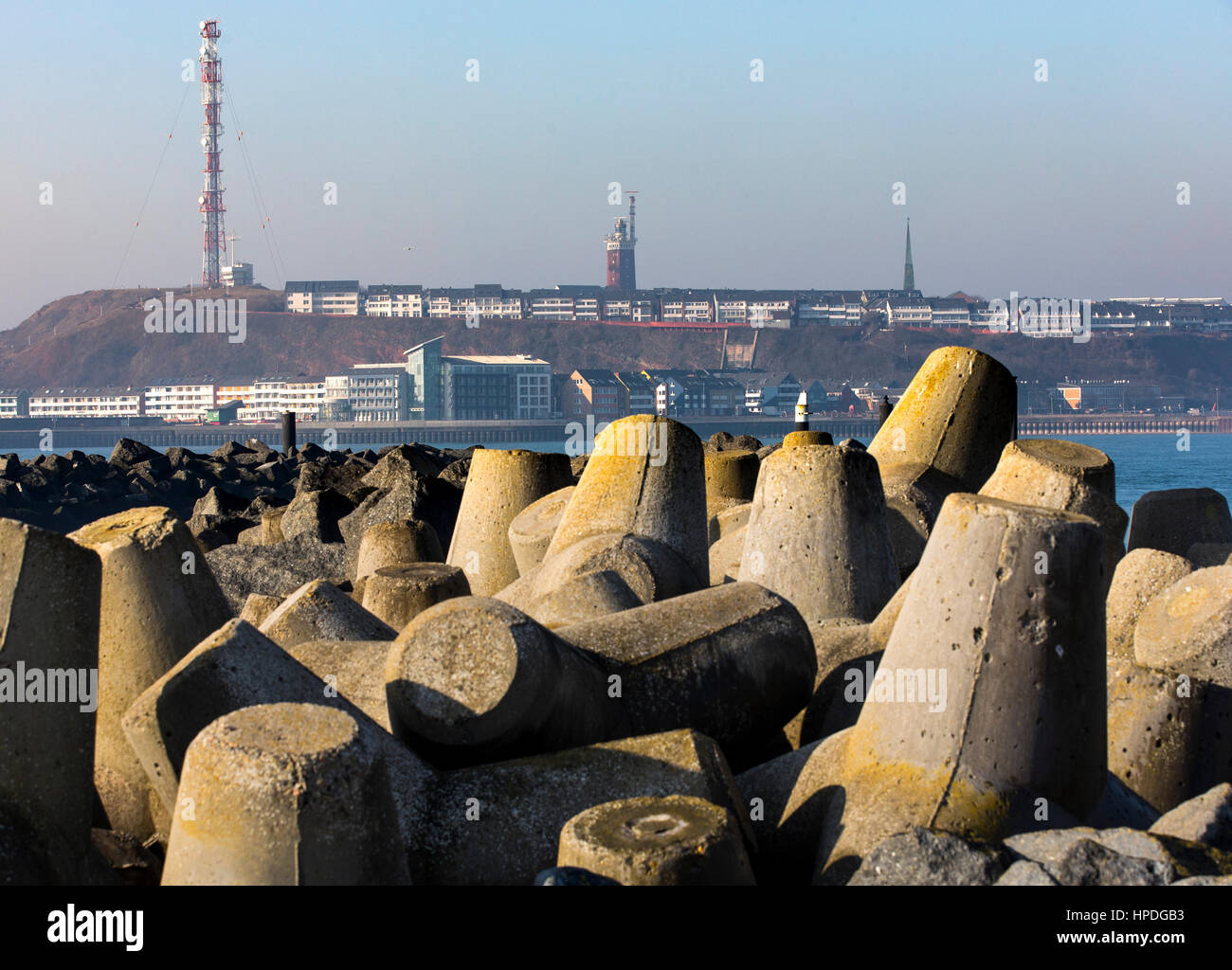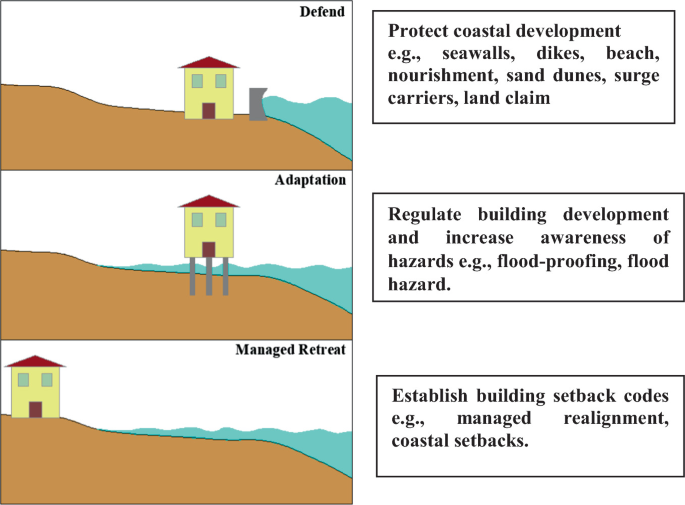Some Known Incorrect Statements About Shore Protect Team
Getting My Shore Protect Team To Work
Table of ContentsThe Only Guide to Shore Protect TeamGetting The Shore Protect Team To WorkOur Shore Protect Team IdeasNot known Details About Shore Protect Team Rumored Buzz on Shore Protect Team6 Simple Techniques For Shore Protect TeamFascination About Shore Protect Team
Reduction in property value: As the area tourist is influenced by erosion, so then is the economic climate. Customers are much less most likely to look for a beach home that can be ruined at any type of minute by the impending flooding and erosion emergency situation. Subsequently, building value can go down tremendously and influence the whole area.Whether a beach is simply tiny and jampacked or needs to close totally for the safety and security of the community and close-by homes, this greatly affects tourist. Subsequently, local economic climates are affected (https://brilliant-peach-rpxv3d.mystrikingly.com/blog/shore-protect-team). Danger of injury: The raised risk of flooding and structural failings creates a boosted risk of injury to nearby visitors and area members

Shoreline stabilization is directly associated to their job. Waterside hotels: Because coastline disintegration influences tourist, it influences the success of waterfront hotels.
Getting The Shore Protect Team To Work
This eventually results in closures and abandoned beachfront residential or commercial properties. Coastal commercial organizations: No visitors indicates no business. For those services providing to residents, their building is at danger of damage from erosion and flooding. Coastal state parks: State parks that exist along coastlines are at danger of damage. Not just to the manufactured structures and homes on site, yet likewise to the natural ecological communities that exist within.
Soft stabilization is a far better remedy for the environment and more lasting overall. Difficult stablizing makes use of synthetic structures as defense to regulate erosion. Generally, these frameworks are mounted at appropriate angles or parallel to quit sand movement and lessen the force of waves. Many kinds of tough stablizing like seawalls and sheet steel are not ideal for shoreline stablizing.
Rumored Buzz on Shore Protect Team
There's also insufficient evidence of their performance relying on the kind of shoreline and local problems. Tough stabilization techniques often tend to be a lot more challenging to mount and don't match the natural visual, standing out like a sore thumb and damaging regional environments in numerous scenarios. Coastline nutrients is the process of including shed sand and sediment back to beaches after erosion has occurred.
TrapBags aid in the process of beach sustenance by safeguarding natural environments and allowing plants to grow. While this process can be pricey and is not long-term, the pros tend to exceed the cons. TrapBag barriers offer several properties that make them suitable for seaside and riverbank disintegration protection. They're: Eco friendly: You can make use of native soil both to border and to load the TrapBags.

What Does Shore Protect Team Do?
They can also be mounted without any type of heavy equipment. Affordable: TrapBags are excellent for both tiny and big locations of coastline.
Integrated with a high building and construction expense, this has caused increasing use various other soft engineering seaside administration options such as coastline replenishment. Seawalls are constructed from various products, most frequently reinforced concrete, stones, steel, or gabions. Various other possible construction products include plastic, wood, aluminum, fiberglass composite, and eco-friendly sandbags made from jute and coir. The appropriate seawall style relies on location-specific facets, consisting of bordering erosion procedures. There are three main kinds of seawalls: upright, bent, tipped, and piles (see table below).
Natural barriers, such as coral reefs and mangrove forests, protect against the spread of tidal waves and the circulation of coastal waters and alleviated the flooding and rise of water. A cost-benefit method is a reliable way to identify whether a seawall is ideal and whether the advantages deserve the expenditure.
About Shore Protect Team
A seawall is a static function which can conflict with the vibrant nature of the shore and restrain the exchange of sediment between land and sea. The table below sums up some favorable and negative results of seawalls which can be made use of when contrasting their efficiency with other coastal management alternatives, such as coastline nutrition. [] Advantages and drawbacks of seawalls according to Short (1999) Advantages Negative aspects Long-term solution in comparison to soft beach nourishment.

This can cause beaches to dissipate, providing them useless for beach goers. Normally, seawalls can be an effective means to control coastal disintegration, yet only if they are built well and out of products that can hold up against the pressure of continuous wave power.
9 Simple Techniques For Shore Protect Team
Integrated with a high building expense, this has resulted in enhancing usage of other soft engineering coastal management options such as coastline replenishment. Seawalls are created from various materials, many typically reinforced concrete, rocks, steel, or gabions. Various other feasible building materials consist of vinyl, wood, light weight aluminum, fiberglass composite, and naturally degradable sandbags made from jute and coir. The appropriate seawall layout depends on location-specific aspects, consisting of surrounding disintegration processes. There are 3 primary types of seawalls: upright, curved, stepped, and mounds (see table listed below).
Natural obstacles, such as coral reefs and mangrove forests, stop the spread of tsunamis and the flow of coastal waters and minimized the flood and surge of water. A cost-benefit technique is an effective means to identify whether a seawall is ideal and whether the benefits deserve the cost.
Not known Details About Shore Protect Team
A seawall is a fixed attribute which can contravene the vibrant nature of the coast and restrain the exchange of debris between land and sea. The table listed below sums up some favorable and unfavorable impacts of seawalls which can be utilized when contrasting their performance with various other coastal management options, such as beach nutrients. [] Advantages and drawbacks of seawalls according to Short (1999) Advantages Downsides Long-term service in comparison to soft coastline sustenance. dock and bulkhead construction.

This can cause coastlines to dissipate, providing them worthless for beach goers. Typically, seawalls can be a successful way to regulate coastal disintegration, however just if they are built well and out of products that can stand up to the force of continuous wave energy. Some understanding is required of the coastal processes and morphodynamics specific to the seawall location.